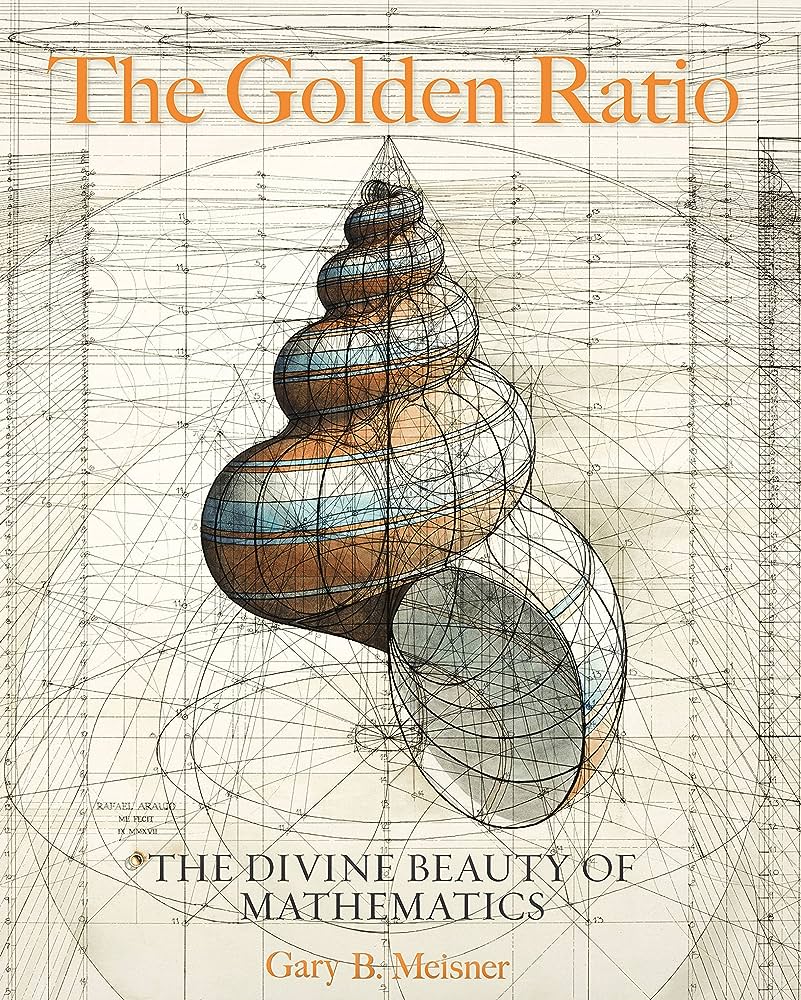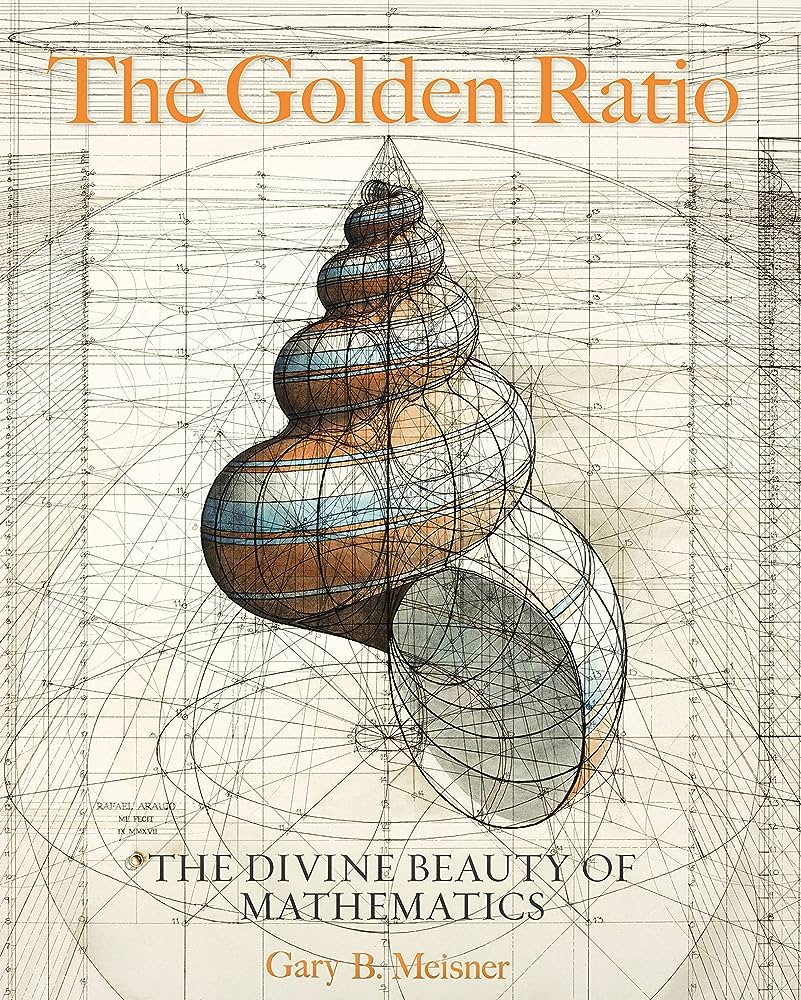
The Golden Ratio was defined by Euclid around 300 B.C. as a geometrical proportion between divisions within a line. Often expressed by the Greek letter Φ (phi), it has been called the Divine Proportion, Divine Ratio or the Golden Constant because of its prevalence in relationships throughout the universe. Over the centuries, this geometric constant has been explored in mathematics, art and biological systems.
Divine Proportion in Mathematics
The precise value of the Golden Ratio is expressed mathematically as the never-ending and never-repeating number 1.6180339887…., a number that can go on indefinitely. Because of its infinite capacity, the Golden Ratio cannot be expressed as a whole number or as a fraction; it is therefore considered an irrational number. Greek mathematician Hippasus of Metapontum has been credited with the distinction of discovering this irrational basis of the Divine Proportion.
According to tradition, his discovery shocked the Pythagoreans whose world view is based on the integrity of whole numbers and their ratios, an integrity that has been extended beyond numbers to the harmonic progression of notes in musical scales and the cosmic harmony of the spheres.
In the 18th C, a relationship was established between the Fibonacci Sequence (1,1,2,3,5,8,13,21,34….) and the Divine Ratio. Specifically, the ratios in successive higher terms in the Fibonacci Sequence converge to the Golden Ratio, which has led to the suggestion that the Fibonacci Sequence aspires to become the Divine Proportion, but never quite makes it.
Divine Proportion in Art
Not surprisingly, the Golden Ratio has been located in various art works. Italian painter Gino Severini, who strove for geometric perfection in his paintings used the Golden Constant in several paintings. So did architect and painter Le Corbusier who was fascinated with geometric forms that resonated with natural phenomena. His search for a universal constant can be seen in his creation of the “Modulor,” a system of harmonic proportions applicable to man, architecture and mechanics. He was so confident of his system he presented it to Albert Einstein in 1946. Salvador Dali’s “Sacrament of the Last Supper” is another example. Here, he painted a dodecahedron (a Platonic Solid intimately connected with the Golden Ratio) as a backdrop to the Last Supper.
Divine Proportion in Biological Systems
That the Divine Proportion is a recurring fact of biological systems in Nature cannot be disputed. It is found in the properties of the human face, body and heart beat; it is found in the key developmental markers of human growth. As well, it is found in the arrangement of florets in most flowers and plants, in pineapples, pine cones, nautilus shells, dense quasi-crystals –even in the spiraling path of the Peregrine Falcon.
Nature seems to prefer using the Golden Constant for its growth delivery. Why? The ratio’s arrangement as a logarithmic spiral that turns by a constant angle along its axis functions like a fractal, a system that has the capacity to self-replicate ad infinitum. This Fibonacci Spiral is the optimal design for growth. Its pattern in which each turn of a cycle produces a new cell is the most efficient system for two reasons: it minimizes wasted space and affords new growth maximum exposure to sunlight and insects (for pollination).
The magic of the Golden Ratio resides in its mathematical constant as an instrument of measurement and growth efficiency—minimum space, maximum use. Will further research into its significance to human development uncover man’s potential to live indefinitely within a body and an environment calibrated to the Divine Constant?




